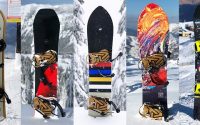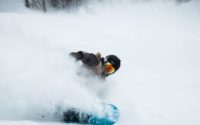Parent’s Guide on How to Choose the Ideal Roller Skates for Kids
Kids are explorative by nature. They like to try on new sports and activities to keep their little minds and bodies engaged. Besides, they are keen to learn different disciplines very fast, which may take years for adults to accomplish. This can be easily noticed when you see little kids skating like pros on the street. This is because most kids have no fear and limits when it comes to trying something new. If you have a child, you may be wondering what type of sport will keep them happy and active.
Roller skating has become very popular and one of the many sports on wheels suitable for both kids and adults. Besides, skating offers the perfect opportunity for kids to engage in a fun activity while enjoying the benefits of exercise that this type of sport provides. Choosing the right pair of roller skates is crucial as this will help your child develop the confidence and ability to skate with ease.
How Do You Choose Rollerblades for Kids?
Know the Different Skate Types
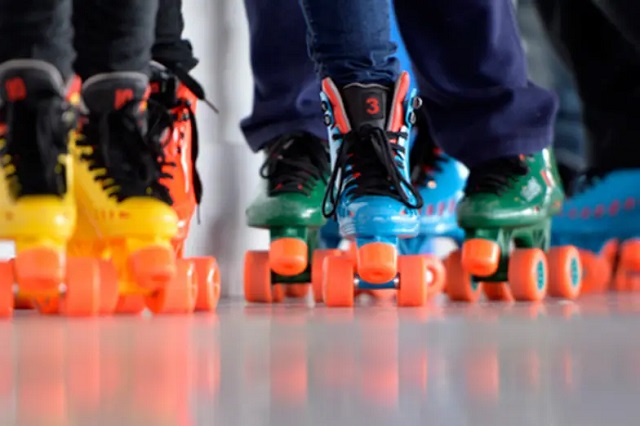
There are different types of roller skates for children on the market, including recreational, freestyle inline skates, aggressive, fitness, race-style skates, urban, and so on. Each of these is suitable for different skating methods as they differ in their design for specific skating styles. For instance, recreational rollerblades for kids are one of the most popular options for beginners to intermediate skaters. They are also known by the name ‘fitness skates’ as they are meant to provide excellent fitness activity and lots of fun for kids who want to play outdoors and socialize with other kids. You can find them available in many different models and designs, which makes it easier to find a suitable design for your kid.
Aggressive roller skates are more suitable for kids who have learned the basics of skating and are considered more experienced in this sport. They are great for performing various tricks on the street and in skate parks as they can endure extreme loads during jumps, grinds, and slides. Also, the majority of these inline skates are USF compatible, which allows you to shop for parts from other manufacturers when you need to substitute them in case of damage.
Race skates are very similar in design to the aggressive model. As their name implies, they are suitable for competitive racing and intensive training. The race-style inline skates feature an excellent performance design to withstand frequent use and higher load. They often feature a prolonged frame affixed to ankle-high shoes and may accommodate up to 5 wheels. This makes them suitable for more experienced skaters, usually older kids who have more years of skating experience.
Choose the Correct Skate Size and Design for Your Child
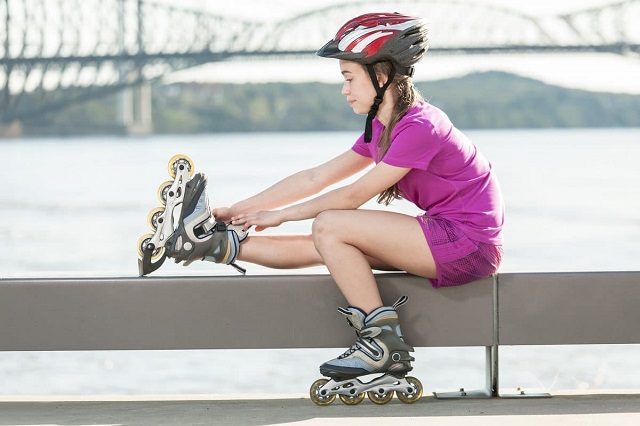
Although age isn’t the most definitive factor that dictates the level of mastery a child possesses in this sport, still it’s very important. Considering your child’s age can help you figure out better what type of model is suitable for their age. For instance, young kids may benefit the best from the fitness model of roller skates as they are easy to get on and off and are made adjustable to accommodate the children’s fast-growing feet. Teens on the other hand may like better those suitable for performing tricks as these are heavier in design and ideal for their age and level of experience.
Besides, the age of your child is the most indicative factor that plays a role when choosing the right size of roller skates. Most often, rollerblades for kids are adjustable, which means you can easily adjust the right size for your’s child age. This is very important as kids can outgrow their skates very fast. Therefore, many parents decide to buy one size bigger that will allow their child’s feet enough room for comfort and support for growth. Skates for small kids are often made in smaller sizes that can conform to the children’s little feet and ankles. They are also designed with safety and comfort in mind, as these are the most essential factors that every parent is looking for.
Consider the Different Types of Wheel Configurations
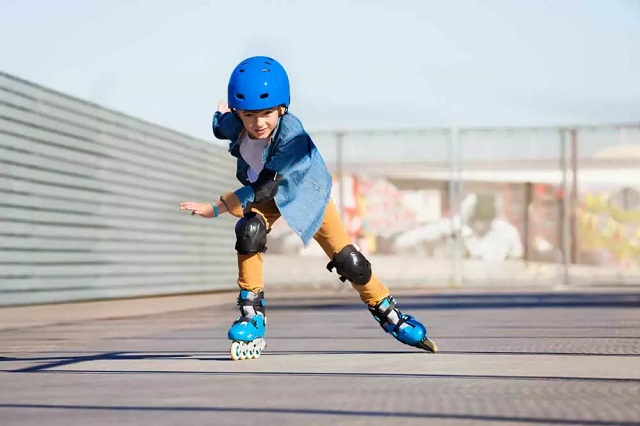
Although many different models are available, they often fall into two categories based on the wheel configuration, namely the quad skate model and the inline design. They differ between themselves in the number of wheels they display. For instance, the quads are often known as the traditional design, and they feature two wheels in the front and two in the back. They resemble a car’s model of wheel configuration and are often preferred by younger kids who need more stability when learning how to skate.
On the other hand, the inline design features two to five wheels aligned in a row. The inline skates are more often preferred by advanced skaters or for those who are used to ice skating since the wheel configuration is similar to a blade.
Pay Attention to the Wheel Size
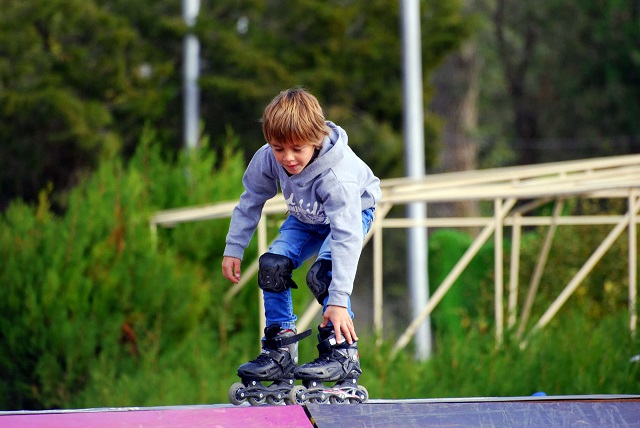
Besides selecting the number of wheels, you also need to pay attention to the wheel size. This is an essential aspect as often the wheel size will influence the skate’s effectiveness. Bigger wheels offer fast movement and are mostly suitable for uneven surfaces. Compared to them, smaller wheels are slower and mostly suitable for skating on quality, even surfaces without many obstacles.
Also, bigger wheels are preferred for skating longer distances as their design makes it easier to maintain the proper speed while using less energy. A wheel size of 90-100 mm in diameter or even 110 mm is often recommended when choosing a model with big wheels. Smaller wheels make a better option for skating shorter distances, as this feature will make them more maneuverable and easier to control. Smaller wheels usually feature 80-84 mm dimensions which are considered the best for skates with a smaller design.

